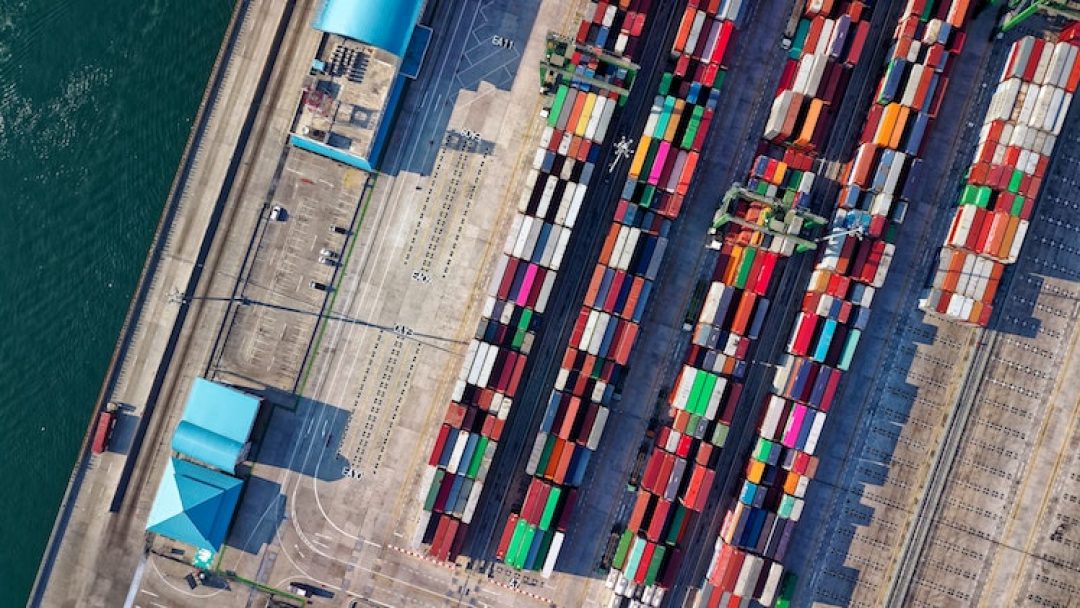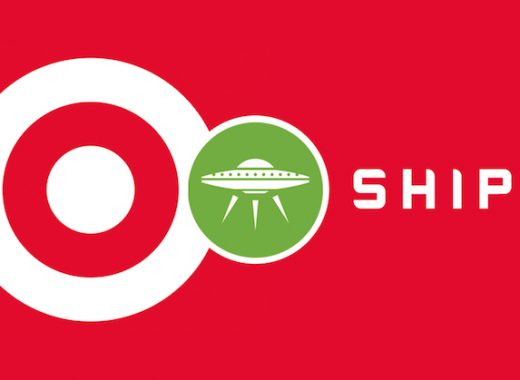Supply Chain Management (SCM) describes the controlled product journey from procurement through to manufacturing and delivery. Modern-day SCMs are typically multinational, as products and audiences exist on a global scale.
This guide will cover an introduction to some of the common aspects of SCM. For more information on supply chains and inventory management, check out Sage.com.
What are the Goals of Supply Chain Management?
The overarching goal of Supply Chain Management (SCM) is to deliver an optimized flow of materials at every stage of production. To achieve a streamlined process, companies must focus on several complementary goals, including:
- Balancing supply with demand
- Minimizing waste to increase efficiency
- Stable and effective collaborations to minimize risk
- Cost savings wherever possible (i.e. sourcing the cheapest raw materials while maintaining minimal capital cost)
Let’s take a closer look at the granular step by step processes involved in SCM.
The Supply Chain Management Process
The process of procuring and manufacturing raw materials ready for the consumer market can be broken down into several distinct and easily identifiable stages. Each stage comes with its own goals and disciplines.
- Demand Planning
Gathering data on past product performance. Analytical due diligence and statistical modeling reveal the likely level of demand for the product.
- Sales & Operations Planning (S&OP)
Sometimes combined with broader operational considerations called Integrated Business Planning (IBP), S&OP is a deep dive into production considerations.
- Production Planning
Once the outcomes of S&OP gain approval, Production Planning begins to lay down the specifics of manufacturing locations and all relevant logistics.
Production planning is also sometimes known as Advanced Planning & Scheduling (APS) or Advanced Planning & Optimisation (APO).
- Bill of Materials (BOM)
BOM is a comprehensive list of all items required in the production of the product. Materials Requirement Planning (MRP) is the analysis that leads to a complete BOM.
- Manufacturing Resource Planning (MRP II)
MRP and MRP II lay the groundwork for what is now Enterprise Resource Planning (ERP) software. MRP/MRP II/ERP aims to integrate departments and processes.
- Inventory Management
This stage of SCM aims to apply various analytical processes to ensure sufficient supply (at the lowest possible expenditure of resources, including time).
- Logistics
An analysis of logistics aims to highlight any weaknesses in transport solutions, from delivering raw materials on time to meeting contractual product availability deadlines.
- Procurement & Strategic Sourcing
Locating suppliers and maintaining open and direct communication is critical to optimum production flow rates.
Supplier Relationship Management (SRM) software can help to consolidate all aspects of supplier relationships.
Conclusion – SCM Can Lower Costs and Increase Profits
SCM ensures that products are available for consumption at the right times and in the right places. Without SCM, a company may inadvertently source comparatively expensive raw materials, manufacture products at higher costs, and fail to optimize logistics and sales to meet demand.
SCM, therefore, results in better business decisions, strengthened supplier relationships, and greater sales across a loyal and appreciative consumer base. SCM also leads to employment opportunities, which benefits not only the workers involved in the supply chain but the wider economy.








